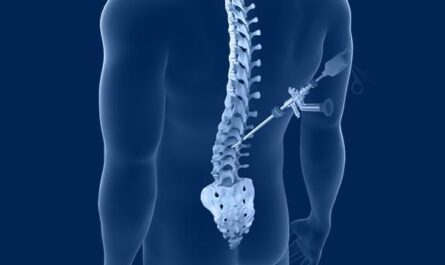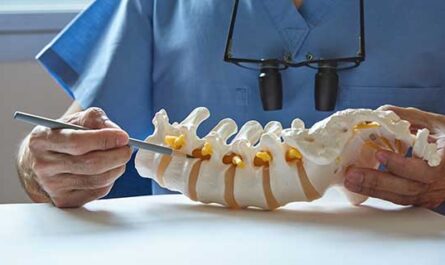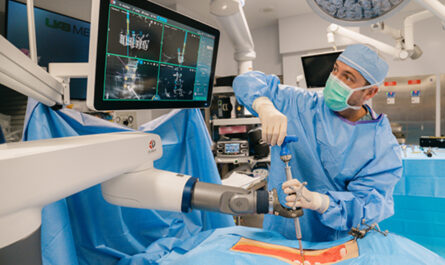What is Spine Surgery for Sports Injuries?
Spine surgery for sports injuries involves surgical interventions aimed at addressing spine-related issues resulting from physical activity. Athletes, due to the high-intensity nature of their training and competition, are prone to injuries like herniated discs, fractures, and ligament damage. When non-surgical treatments such as rest, physiotherapy, and medications fail, spine surgery becomes a viable option to restore functionality and alleviate pain.
Symptoms of Spine Injuries in Athletes

Athletes with spine injuries may experience:
- Persistent back or neck pain
- Numbness or tingling in the arms or legs
- Weakness or limited mobility
- Difficulty in maintaining posture or balance
- Pain that worsens with physical activity
Common Causes of Sports-Related Spine Injuries
- High-impact sports: Activities like football, rugby, and gymnastics often involve heavy impacts that can damage the spine.
- Overuse: Repetitive motions in sports like swimming, tennis, and rowing may lead to stress fractures or degenerative disc issues.
- Improper technique: Incorrect lifting or twisting movements can strain the back muscles or vertebrae.
- Sudden trauma: Accidents or falls during sporting events can result in spinal fractures or disc herniation.
Types of Spine Surgery for Sports Injuries
Several spine surgeries are commonly performed to treat sports injuries, including:
- Discectomy: Removal of a part of a herniated disc that is pressing on spinal nerves, reducing pain and inflammation.
- Spinal Fusion: Used to stabilize the spine by fusing two or more vertebrae, particularly in cases of fractures or severe disc degeneration.
- Laminectomy: Removal of part of the vertebra to reduce pressure on the spinal cord, often due to spinal stenosis or disc herniation.
- Microdiscectomy: A minimally invasive version of discectomy, involving smaller incisions and faster recovery times.
- Artificial Disc Replacement: Replacement of a damaged or injured disc with an artificial one to maintain spine mobility while relieving pain.
When to See a Doctor
Athletes should see a doctor if they experience:
- Persistent or severe pain that doesn’t improve with rest
- Difficulty moving or performing routine activities
- Loss of sensation or strength in the limbs
- Any signs of nerve compression, such as radiating pain or tingling
Recovery and Return to Sports

The recovery period following spine surgery varies depending on the type of surgery and the athlete’s overall health. Generally, athletes can expect:
- Rest and rehabilitation: Post-surgery recovery includes rest, followed by physical therapy to regain strength and mobility.
- Gradual return to activity: Athletes are advised to slowly return to their sport with light activities and exercises before resuming full training.
- Peak performance: With proper rehabilitation, many athletes can return to their previous level of performance or even surpass it.
Prevention of Spine Injuries in Sports
To avoid spine injuries in sports, athletes should:
- Maintain proper technique in all movements
- Strengthen core muscles to support the spine
- Use protective gear appropriate for their sport
- Avoid overtraining and allow proper recovery time between sessions
Complications of Spine Surgery
While spine surgery is generally safe, possible complications include:
- Infection at the surgical site
- Nerve damage
- Blood clots
- Prolonged recovery time or persistent pain Consulting with a skilled spine surgeon and adhering to post-operative care instructions reduces these risks.




